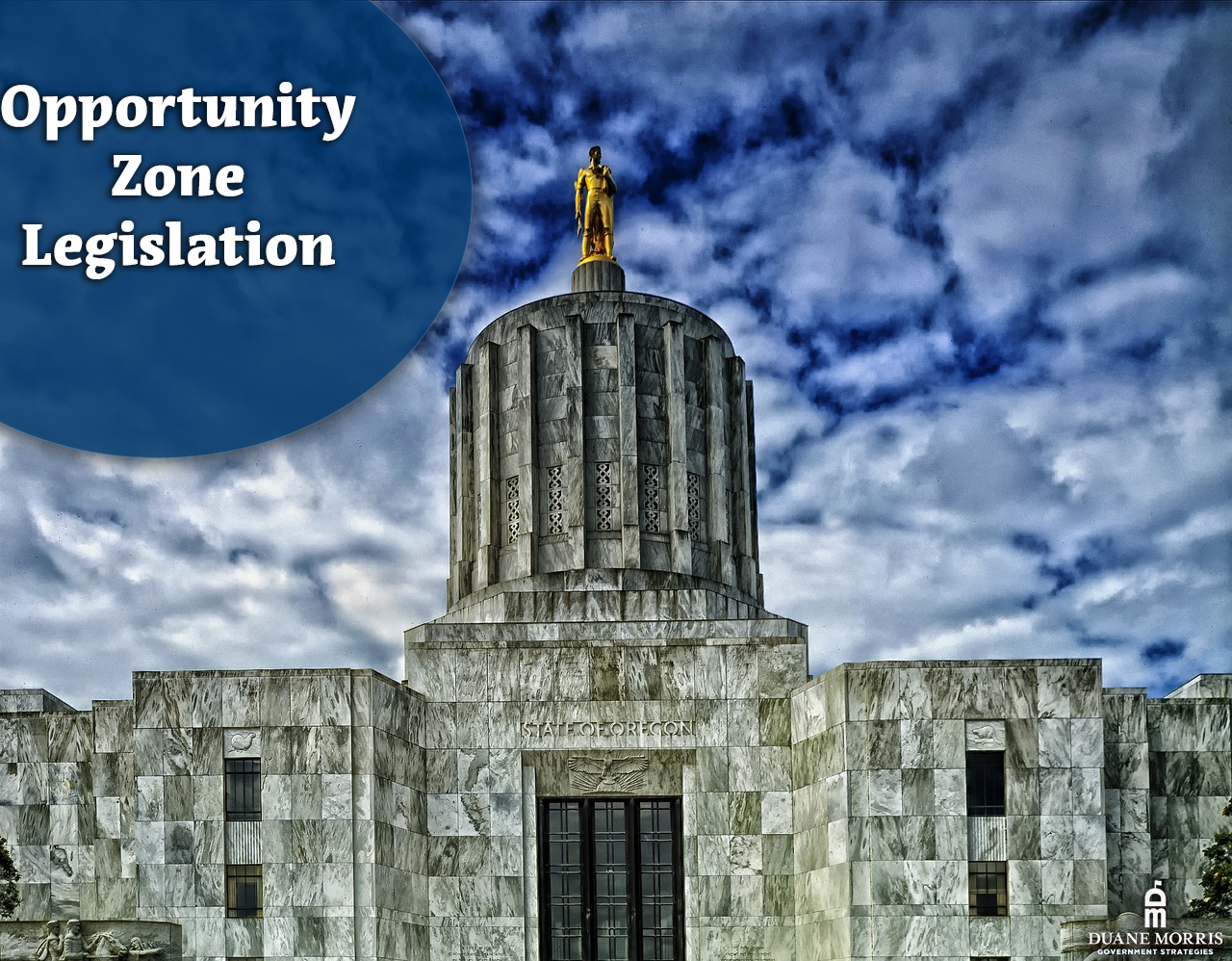
The Georgia film tax credit was designed to attract film and television productions to Georgia by providing financial incentives to production companies. Implemented in 2008, the tax credit offers a 20-30% rebate on qualified expenses, including production costs and wages paid to Georgia residents. The state now has one of the biggest film industries in the nation, with names like Marvel Studios and Netflix’s Stranger Things. As the industry recovers from the pandemic, other states are now passing similar film production tax credits.
Maryland Film Tax Credit Approved by Governor
Maryland Senate Bill 452 increased the film production activity credit by increasing eligible films, costs, and the total credits available to be distributed. The credit is against total direct costs (associated with making the film/series); television series may receive 30%, while all other productions receive 28%. Companies must agree to film mainly in Maryland, include a state logo, spend over $25,000, and agree to other stipulations. It also creates the Maryland Entertainment Council (a board of appointed elected officials and various entertainment industry experts) to oversee the credits and the industry overall. Maryland Governor Wes Moore approved the bill in early May.
New Jersey Film Production Incentive Passed into Law
New Jersey Senate Bill 3748 offers tax credits of varying percentages depending on various criteria. For example, taxpayers can receive a 35% credit if 60% of their expenses are sourced from New Jersey vendors, follow a filming timeline, and agree to reporting and marketing specifications. There are additional stipulations for filming locations, vendor locations in certain counties, and wages for New Jersey-located employees (which would change the tax incentive received). Governor Phil Murphy signed SB3748 into law in early July.
New Mexico Film Credit Died in Committee
New Mexico Senate Bill 12 would expand the tax credits available and allow film production companies to receive a 25% credit for direct production and some postproduction expenditures. The measure would require film production companies to make “reasonable efforts” to work with New Mexico vendors, have their budgets approved by the New Mexico Economic Development Department film division, and acknowledge the state in the end credits. There would also be additional tax credit opportunities in some situations, such as expenses in some counties. Finally, the bill would fund industry development training programs and create a “film and media fund” to open a media academy for students. While the New Mexico Senate Tax, Business & Transportation Committee recommended the bill, SB12 was postponed indefinitely in early February.
Colorado Bill Updating Former Program Signed into Law
Colorado House Bill 23-1309 changed the film production incentive program (a 20% cash rebate) into an income tax credit for production companies. The production must consist of at least 50% Coloradoans to receive a credit for 20% of the total “qualified local expenditures.” However, some groups filming in rural or “marginalized urban center[s]” may receive a 22% credit. The credit is only available between 2024 and 2029, with Colorado Governor Jared Polis signing the bill into law in early June.
New York Film Tax Expansion Bill Referred to Committee
New York Senate Bill 4832 would expand the film production tax credit program, increasing the tax credit to 30% (relocated television series receive 35%) against qualified production costs. There would also be opportunities for additional credits, such as a 10% credit for costs in certain counties. The bill includes stipulations for filming locations, timing, and a cap on total cost. The State Senate referred the bill to the Investigations & Government Operations Committee in mid-February.
Latest News
photo credit: iStock.com/designer491 According to the National Center for Education Statistics, “Property taxes contribute 30% or more of total public-school funding in 29 states.” However, using property tax income to fund public schools can be [...]
Photo credit: iStock.com/gorodenkoff Since the 1990s, states have offered incentives to lure production companies from other states into their own. In 2020, the U.S. film entertainment revenue amounted to nearly $26 billion. Although in the [...]
Digital collage by Ryan Stevens; image source by KaraSuva from Pixabay On November 19, 2021, the House passed a $2 trillion reconciliation bill—the Build Back Better Act—to implement key elements of President Joe Biden’s economic [...]
Digital collage by Ryan Stevens; image source by 12019 from Pixabay Did you know there are 8,764 Opportunity Zones in the United States? Opportunity Zones are economically distressed communities. New investments in Opportunity Zones may [...]






Stay In Touch